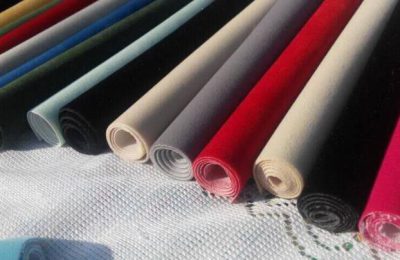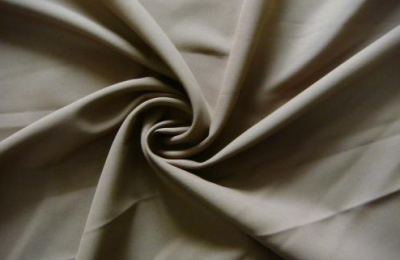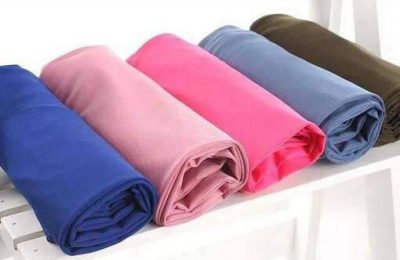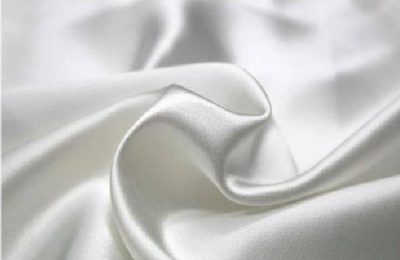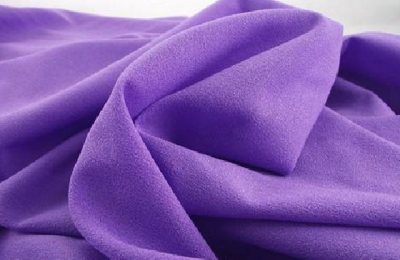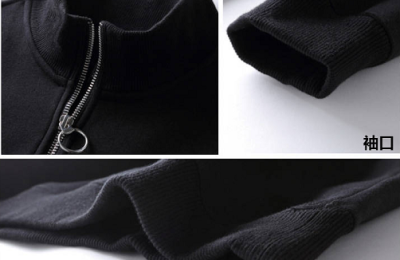The English name of polytetrafluoroethylene is polytetrafluoroethylene, or ptfe for short. It is a polymer compound polymerized by tetrafluoroethylene. It is prepared through a biaxial stretching process. It is a polytetrafluoroethylene (ptfe) material commonly known as the “King of Plastics” .
It has many derivative products, and ptfe bubble point film is one of them.
It refluxes the solid organic matter into the reactor through the membrane module, and then discharges the treated organic water.
The types of membrane separation bioreactors can be classified according to the location of the membrane components and bioreactors, including integrated membrane bioreactors, separate membrane bioreactors, and composite membrane bioreactors.
Polytetrafluoroethylene bubble point film, also known as ptfe bubble point film, is generally made of polytetrafluoroethylene (ptfe) suspended powder as raw material, which is expanded and stretched to form a microporous film.
It has a fibrillar microporous structure, the porosity can reach more than 88%, there are 1.4 billion micropores per square centimeter, and the pore diameter ranges from 0.1μm to 0.5μm.
Generally, this film is coated on various fabrics and substrates using special processes to become a new filter material.
PTFE bubble point membrane is prepared using unique biaxial stretching technology, which can ensure complete retention of bacteria and other impurities while having a large flux.
The material is resistant to high temperatures, strong acids and alkalis, and has wide chemical applicability. When used for gas filtration, it can achieve 100% retention of various phages, bacteria and particles above 0.02um.
PTFE microporous membrane has high filtration efficiency and can meet the filtration efficiency level requirements of sub-high efficiency, high efficiency and ultra high efficiency air filters.
</p



